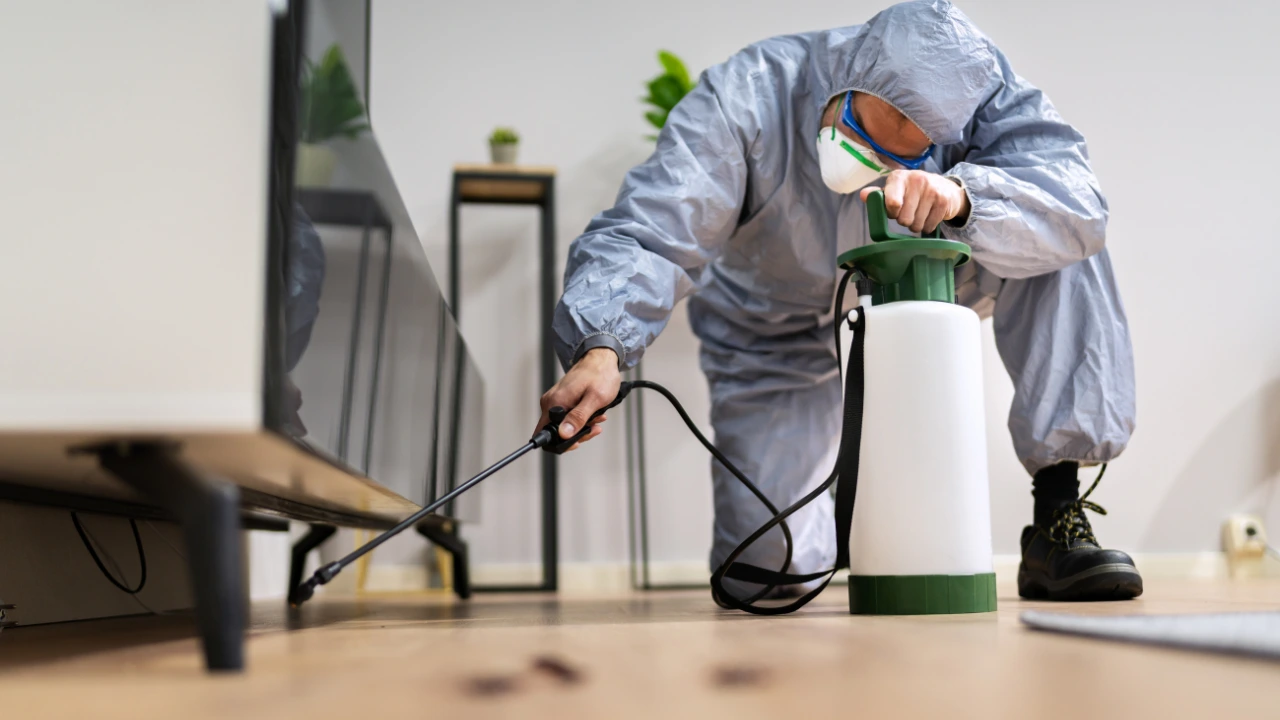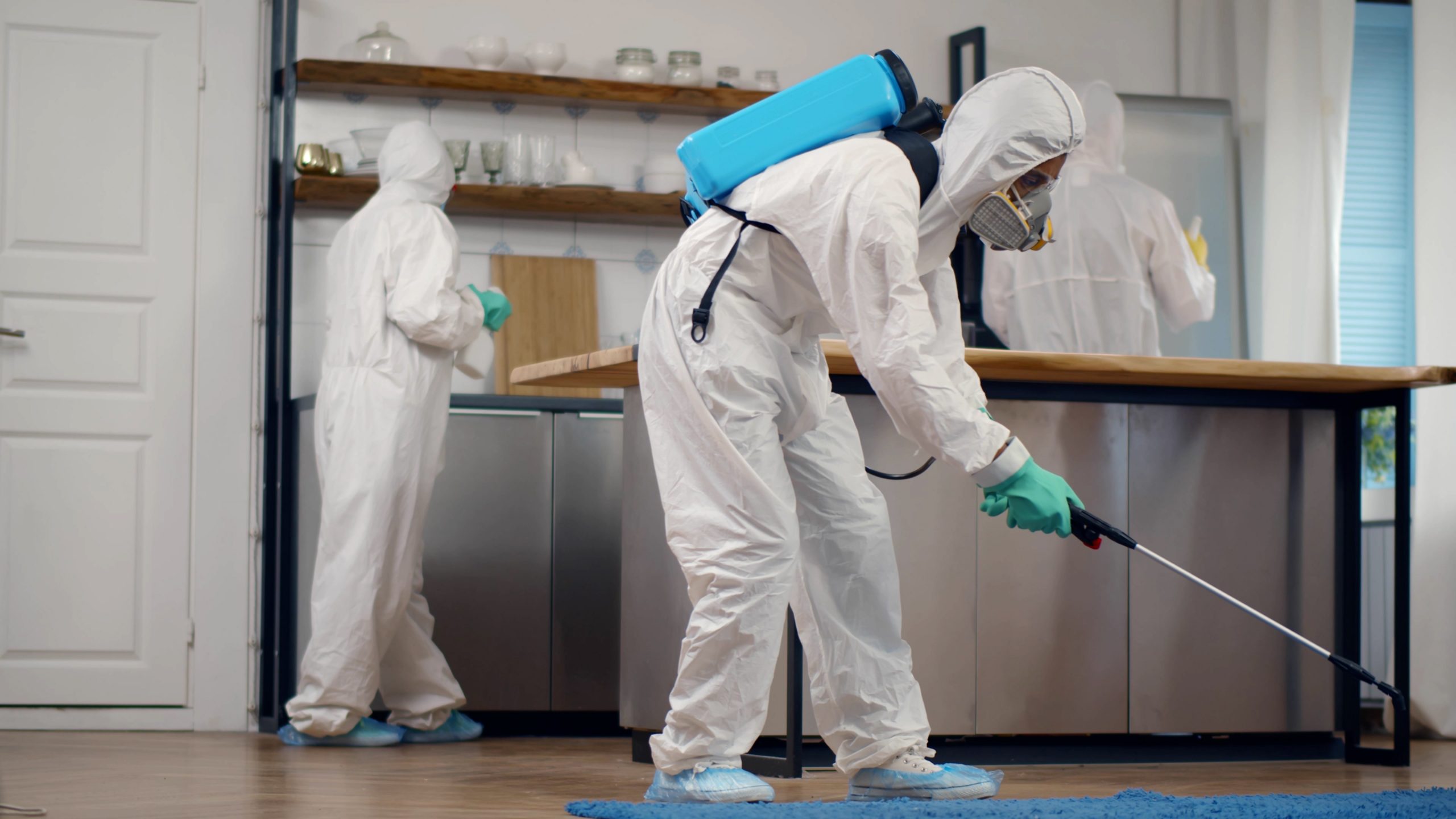Parasite Control 101: Identifying Common Vermin and Their Reliable Treatments
Insect control is a basic element of maintaining a healthy and balanced living atmosphere. Typical bugs like ants, rodents, and numerous pests can position substantial obstacles. Understanding their habits and signs of invasion is vital for efficient administration. While chemical solutions exist, there are additionally all-natural choices worth considering. As one explores the nuances of parasite identification and treatment options, the relevance of prevention techniques comes to be progressively apparent. What methods can truly keep insects away?
Determining Ants: Kinds and Their Habitats
Ants, small yet formidable bugs, are a varied group that can be found in different settings throughout the globe. There more than 12,000 recognized species, each showing distinct actions and adaptations. Usual types consist of the black yard ant, which flourishes in temperate locations, and the fire ant, known for its painful sting, prevalent in warmer regions. Carpenter ants like moist wood, making them a problem for home owners, while scent-laden house ants are attracted to human food sources.
Ants build detailed nests, frequently below ground, in timber, or within frameworks. Their environments vary from forests to metropolitan setups, showcasing their flexibility. Many species are social, residing in colonies that can differ in size from a few dozen to millions. Recognizing the sort of ant is important for efficient insect administration, as each types has different nesting habits and foraging habits that influence control strategies. Comprehending their environments aids in prevention and therapy efforts.
Recognizing Rats: Signs of Invasion
Rodents, like ants, can position significant obstacles for organizations and house owners alike. Acknowledging indications of an invasion is crucial for efficient insect control. Typical indications consist of droppings, which are usually located near food resources or nesting locations; little, dark pellets that can be misinterpreted for seeds. Chewed wires, furnishings, or product packaging may also signal a rodent visibility, as they continuously munch to keep their teeth convenient. In addition, home owners could notice gnaw marks on walls or wall surfaces. Undesirable odors, coming from pee and droppings, can suggest a larger trouble. Damaging or scampering sounds, particularly at evening, are an additional dead giveaway of rats. The existence of nests, usually composed of shredded materials like paper or textile, can validate an invasion. Addressing these indications quickly can help mitigate damages and stop the spread of illness associated with rodents.
Usual Pest Pests: From Aphids to Termites
Bugs represent a varied team of parasites that can inflict mayhem in gardens and homes, with species ranging from little aphids to harmful termites. Aphids are little, sap-sucking insects that can promptly infest plants, resulting in stunted development and distortion. They typically bring in ants, which secure them from all-natural killers. On the other end of the spectrum, termites are infamous for creating considerable architectural damages to wooden frameworks. They take in cellulose found in timber, endangering the stability of homes and buildings. Other common pest parasites include roaches, which prosper in unsanitary conditions, and bedbugs, recognized for their attacks and trouble in obliteration. Flies, especially houseflies, can pollute food and send diseases, while mosquitoes position health and wellness threats through their bites. Reliable insect monitoring begins with recognizing these pests and recognizing their habits, which is important for avoiding infestations and protecting both residential or commercial property and wellness.
Reliable Treatments: Chemical and Natural Solutions
While property owners commonly seek instant alleviation from parasite problems, selecting the best therapy-- whether chemical or all-natural-- requires careful consideration of performance and safety and security. Chemical solutions, such as pesticides and insecticides, can give quick results however frequently bring dangers, including prospective harm to ecological concerns and non-target varieties. Homeowners must read labels, comply with application standards, and think about the timing of therapies to minimize threats.
On the other hand, all-natural services, such as diatomaceous earth, necessary oils, or homemade traps, appeal to those looking for green options. They may take longer to show outcomes, several natural therapies are safer for households with animals and youngsters. Integrated parasite management, which incorporates both chemical and natural approaches, can additionally be reliable. Ultimately, the choice in between these therapy types need to align with the intensity of the problem, individual values pertaining to security, and the certain insect being targeted
Avoidance Strategies: Keeping Your Home Pest-Free

In addition, appropriate landscape design can discourage parasites; keeping bushes cut and removing debris from the lawn lessens concealing places. Property owners should additionally consider wetness control, as many parasites prosper in wet conditions. Fixing leakages and making certain proper drainage can alleviate this threat. Employing natural deterrents, such as necessary oils or diatomaceous planet, can create an unfavorable atmosphere for pests. By carrying out these strategies, people can develop a pest-free home and reduce the chance of future infestations.
Frequently Asked Inquiries
Exactly how Do I Know if I Have a Parasite Trouble?
Indicators of a parasite trouble consist of droppings, chomp marks, nests, or uncommon noises. Observing harmed food or residential property, in addition to unusual bites or rashes, may also show read more the existence of pests in the environment.
Exist Any Kind Of Seasonal Pest Trends to Be Familiar with?

Can Indoor Plant Kingdom Draw In Parasites?
Interior plants can without a doubt bring in bugs, as they give an appropriate atmosphere for pests like aphids and crawler mites. Pest Control Homestead. Correct treatment and regular inspection are important to keep and avoid invasions plant health and wellness
What Are the Health Dangers Connected With Insect Infestations?
Pest infestations present numerous wellness risks, consisting of allergies, respiratory problems, and the spread of illness. Direct exposure to insects like pests and rodents can lead to infections, bites, and contamination of food and living environments.
Just how Often Should I Inspect My Home for Pests?
Normal inspections must take place a minimum of as soon as every season, making sure any indications of parasite task are spotted early. Property owners might change frequency based on their specific atmosphere and previous parasite concerns. Uniformity is crucial.
Typical parasites like ants, rats, and different pests can present considerable challenges. Identifying the type of ant is crucial for reliable insect monitoring, as each varieties has different nesting practices and foraging actions that influence control techniques. While home owners commonly look for instant relief from insect invasions, selecting the right treatment-- whether chemical or all-natural-- requires careful factor to consider of effectiveness and safety and security. Reliable insect control extends beyond instant therapies; it likewise entails positive actions to prevent invasions prior to they start. Seasonal parasite fads frequently include enhanced rodent activity in fall as they seek warmth, while springtime commonly brings an increase of ants and termites.